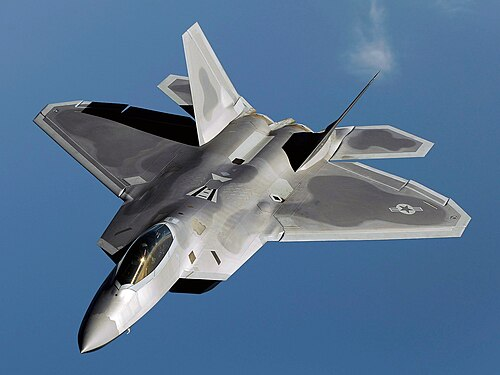
What distinguishes an excellent fighter aircraft from a real winner? In today’s air wars, speed and shooting power are important, but agility, the power to outfly an adversary in a matter of seconds, tends to determine who comes back home. From Cold War icons to stealth-age wonders, designers have stretched the boundaries of aerodynamics, propulsion, and flight control to provide aviators with an edge in the ruthless geometry of a dogfight.
In the decade since, innovations such as thrust vectoring, canard foreplanes, and fly-by-wire systems have revolutionised how fighter aircraft turn, climb, and recover from steep angles of attack. Recent conflicts, such as the May 2025 India–Pakistan air battle, have put these designs to the ultimate test in the harshest arena of all: actual combat. The outcome is changing perceptions about which countries and which fighter aircraft can master the skies.
Here is a closer examination of nine of the most nimble combat aircraft in service today, merging battlefield legacy with engineering innovation.
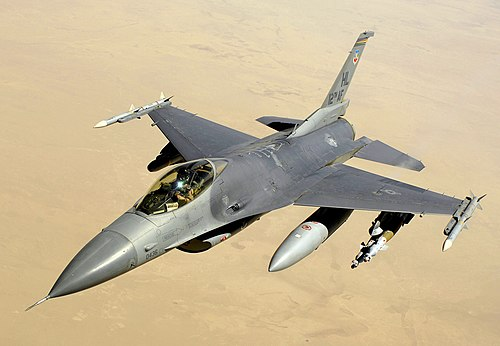
1. F-16 Fighting Falcon: The Viper’s Lasting Bite
First taking to the skies during the 1970s, the F-16 is still a standard against which the agility of other aircraft is measured due to its lightweight single-engine frame, high thrust-to-weight ratio, and one of the first military fly-by-wire systems. Its designers adopted relaxed static stability, producing an inherently unstable airframe that computers continually correct to enable pilots to drive the jet to the limits of controllability.
In NATO exercises, German MiG-29 pilots conceded the Falcon’s superiority above 200 knots, when its sustained rate of turn and vertical manoeuvrability could overwhelm enemy aircraft. Although it is not stealthy, F-16s upgraded with advanced avionics continue to serve in more than two dozen air forces, demonstrating that a well-balanced combination of speed, responsiveness, and pilot visibility can make a fourth-generation fighter viable in a world dominated by fifth-generation.
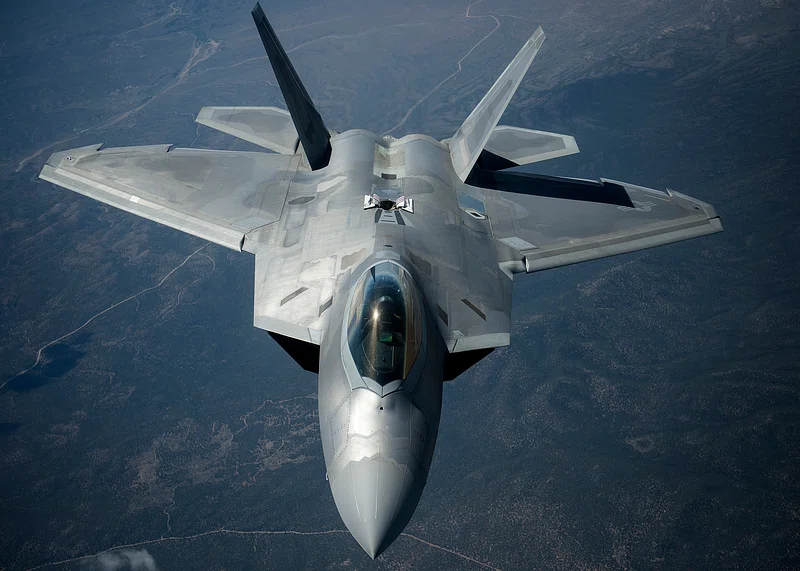
2. F-22 Raptor: Mastery of Thrust Vectoring
The F-22’s manoeuvrability is owed to its dual Pratt & Whitney F119 engines with 2D thrust-vectoring nozzles, which can divert exhaust up or down by 20–24 degrees. This enables controlled flight at outlandish angles of attack, even when the wings are stalled. As First Fighter Wing Capt. John ‘Rocks’ Wagemann described, “Thrust vectoring lets the pilots fly up and over in a very tight circle, [and] provides us the nose authority to turn the aeroplane while the wings are stalled.”
Integrated into the flight control system, the nozzles synergise with flaps, rudders, and elevators to eliminate pilots’ manual coordination. In post-stall manoeuvres, the Raptor can nose-on about a fighter in ways that conventional jets can’t, a decisive edge in dogfighting.
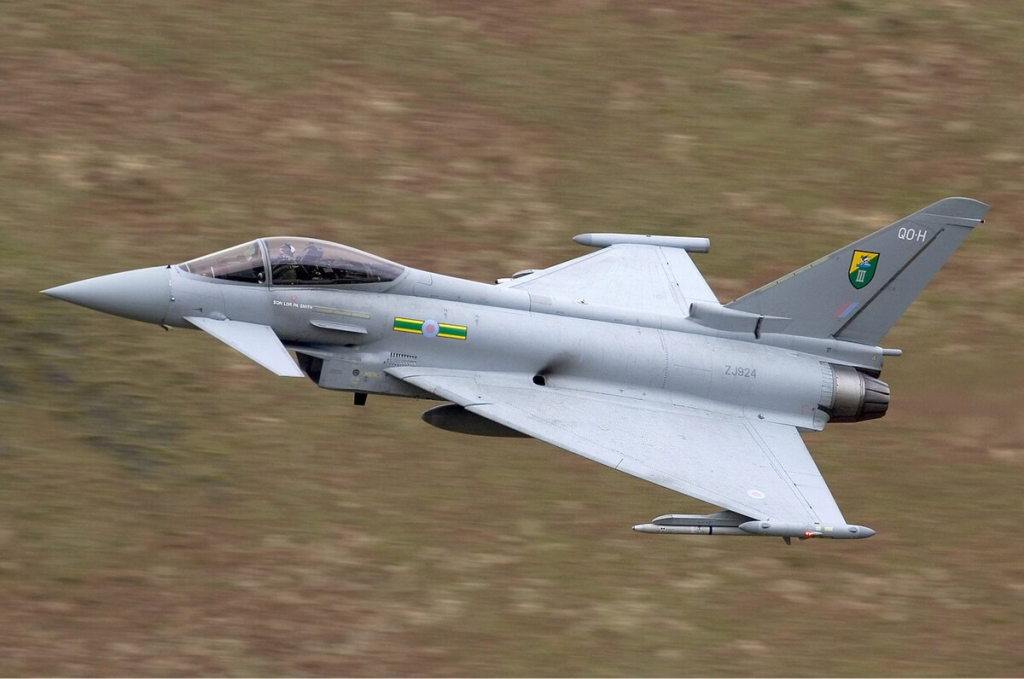
3. Eurofighter Typhoon: Precision with Canard
A European cooperative product, the Typhoon uses delta wings married to forward canards to increase pitch authority and agility. Canards create lift at the airframe’s nose, allowing it to make tighter turns and stall delay. Wind tunnel testing demonstrates that canards are capable of increasing total lift by 15–20% and improving stability.
This configuration enabled a German Luftwaffe Typhoon to achieve a simulated in-visual-range kill against an American F-22 in training in 2012. With angles of attack as high as 35 degrees far greater than canard-less contemporaries, the Typhoon’s manoeuvrability is matched only by its capacity to transition from supersonic dash to low-speed flying so quickly.
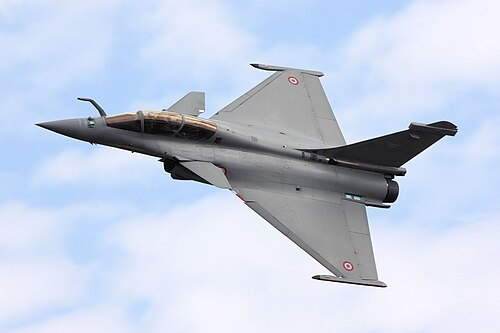
4. Dassault Rafale: Edge-of-Instability Control
France’s Rafale employs close-coupled canards and computational fluid dynamics to take advantage of near-unstable flight dynamics. This provides outstanding responsiveness at low speeds as well as high speeds, with Dassault observing it can maintain +9g and even +11g during emergencies.
Combat-proven since Afghanistan in 2007, the Rafale’s agility was tested in May 2025 when Indian Air Force examples faced Pakistan’s Chinese-built J-10Cs. While reports vary on outcomes, the encounter underscored the Rafale’s role as one of NATO’s most manoeuvrable 4.5-generation fighters.
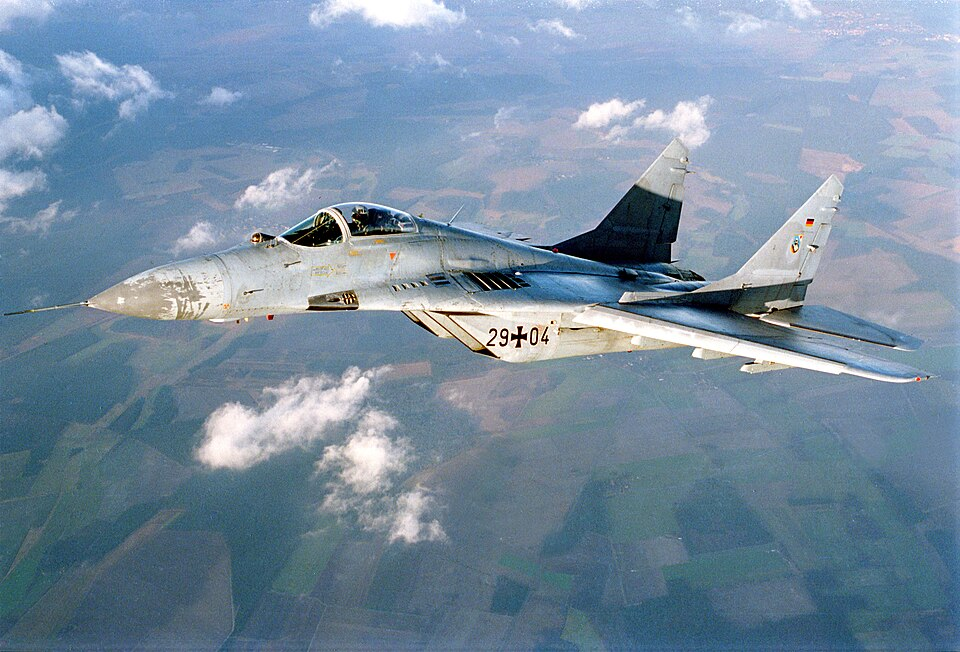
5. MiG-29 Fulcrum: Low-Speed Predator
Intended to match the F-15 and F-16, the MiG-29 impressed NATO pilots with its low-speed manoeuvrability and helmet-mounted sight system. Capt. Mike McCoy of the USAF’s 510th Fighter Squadron remembered that “below 200 knots, the MiG-29 has incredible nose-pointing capability down to below 100 knots.”
German-piloted Fulcrums in NATO exercises consistently bested F-16s in close-in, slow battles. Range and avionics constraints limited its full potential, but as a “phone booth” dogfighter, the Fulcrum is still impressive.
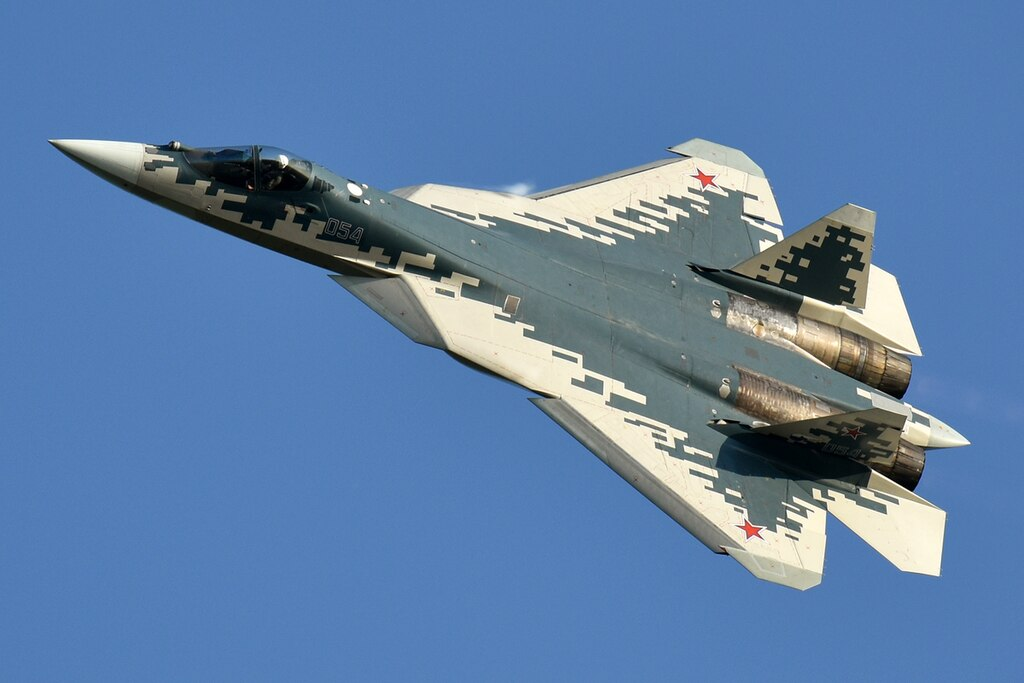
6. Su-57 Felon: Russian 3D Vectoring
Russia’s fifth-generation Su-57 uses 3D thrust-vectoring nozzles on its Saturn/Lyulka 117S engines to provide pitch, yaw, and roll control beyond the normal limits. Test pilot Rafael Suleymanov said it permitted flight “at any speed, at any angle of attack.”
Stealth shaping remains behind the F-22, but the Felon is shaped for agility with close combat supremacy in mind, with Russian doctrine valuing manoeuvrability over simple stealth.
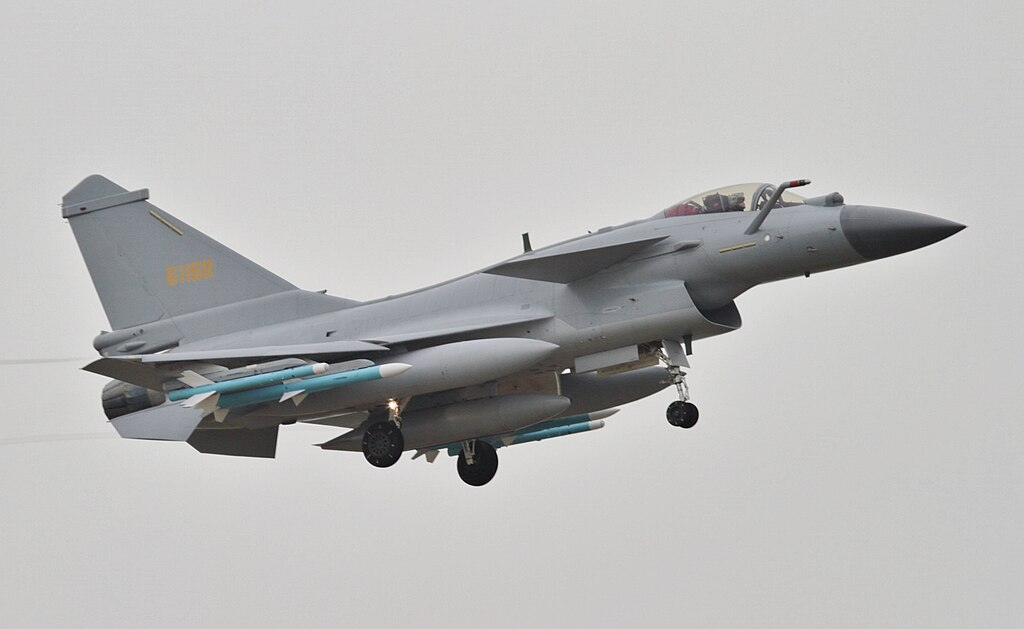
7. Chengdu J-10C Vigorous Dragon: Proven Combat Agility
China’s first homegrown multirole fighter to rival Western counterparts, the J-10C combines canards, a relaxed-stability design, and thrust vectoring in subsequent models. During the May 2025 India–Pakistan war, Pakistan’s J-10Cs equipped with PL-15 long-range missiles were said to have shot down several Indian aircraft, including Rafales, during the type’s high-profile combat debut.
Beyond raw agility, the J-10C’s modern AESA radar and missile integration have made it a sought-after export for nations outside the Western defense market.
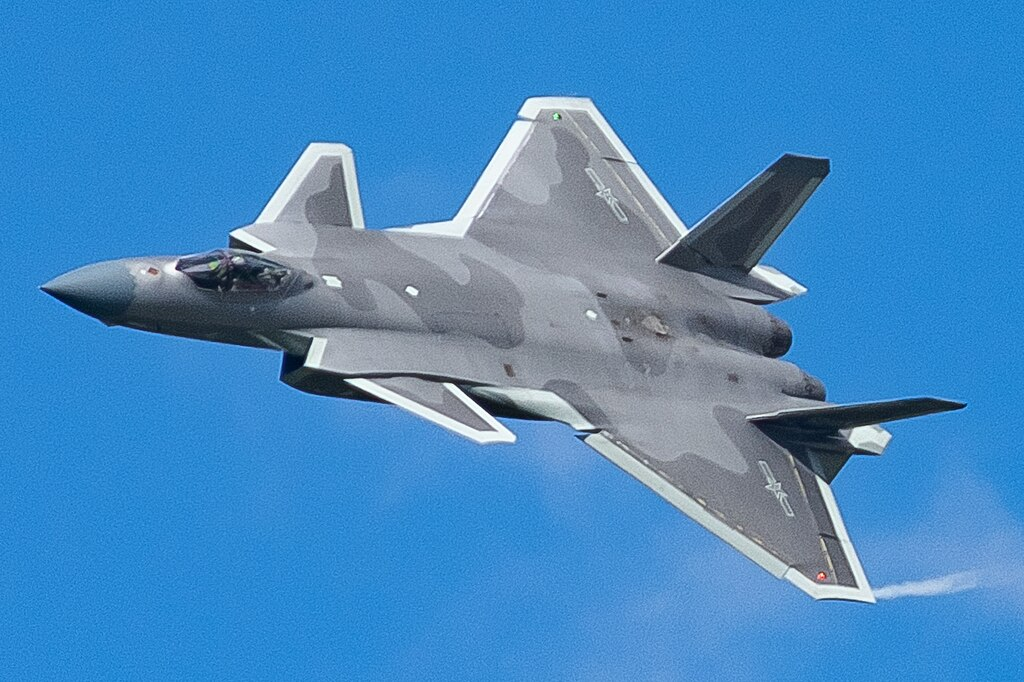
8. J-20 Mighty Dragon: Stealth with Canard Agility
China’s fifth-generation J-20 blends stealth shaping with large canards and, in newer WS-15–powered variants, thrust vectoring. Despite its size, larger than an F-22, airshow footage has shown tight loops and steep climbs, suggesting agility beyond its interceptor-oriented design.
Experts point out that although its radar cross-section could be greater than that of the Raptor, the J-20’s pairing of long-range sensors, internal carriage of weapons, and agility makes it a multi-role threat in the Pacific theatre.
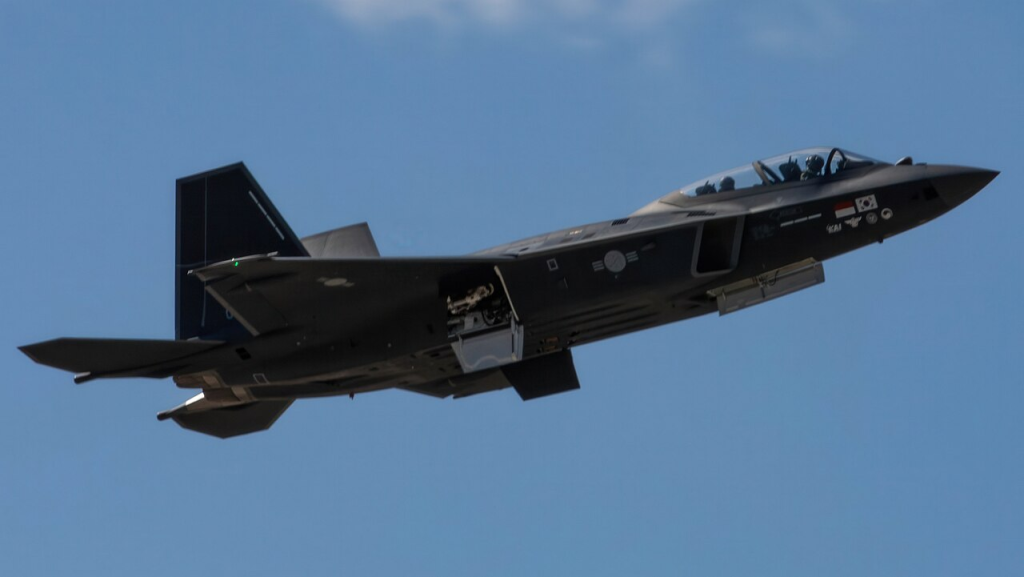
9. KF-21 Boramae: Korea’s Agile Newcomer
South Korea’s KF-21, to enter production in 2025, uses a clean aerodynamic shape and twin GE F414 engines for a high thrust-to-weight ratio. Though without thrust vectoring in Block 1 configuration, initial flight testing indicates good roll rates and solid low-speed handling.
With growth potential built in, subsequent blocks could include vectoring and advanced avionics to put the KF-21 as a cost-effective but responsive choice for regional air forces.
From classic designs such as the MiG-29 to stealth-age giants such as the F-22, manoeuvrability is still the determining characteristic of air-to-air combat. Technological advances such as thrust-vectoring and canard foreplanes have changed what is achievable in the air, but combat encounters such as those in the skies of South Asia in 2025 demonstrate that theory must be tested in the fiery furnace of battle. With sixth-generation programs on the horizon, the competition to out-turn, out-climb, and out-endure the enemy continues unabated.

